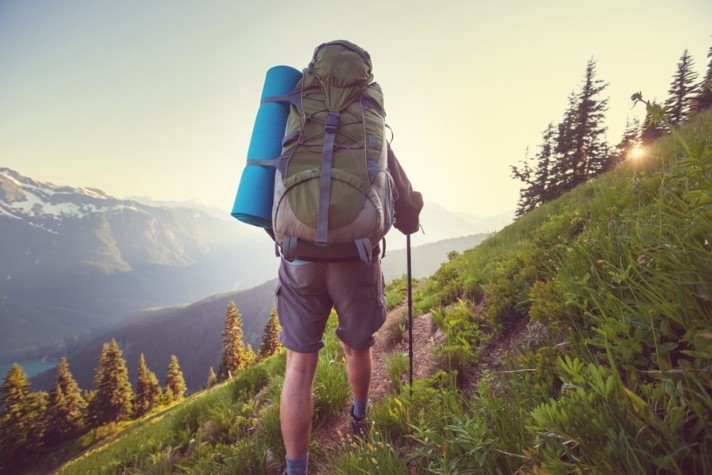
Stay Safe and Prepared with these 6 Must-Have Safety Tools for Your Next Adventure
Embarking on a new adventure is an exhilarating experience that allows us to explore the world around us and create unforgettable memories. Whether you’re hiking in the wilderness, camping under the stars, or embarking on a road trip, safety should always be a top priority. The key to a successful adventure lies in proper preparation, and that includes having the right safety tools at your disposal. Here, we’ll delve into six essential safety tools that should accompany you on your next escapade, ensuring that you’re both safe and prepared for whatever challenges may arise.
- First Aid Kit: Your Emergency Lifesaver
A first aid kit is a non-negotiable safety tool for any adventure. Accidents can happen, from minor cuts and scrapes to more serious injuries. A comprehensive first aid kit should include adhesive bandages, antiseptic wipes, gauze, tweezers, adhesive tape, and pain relievers. Depending on your adventure’s nature, you might also need items like instant cold packs, blister treatment, and allergy medication. Familiarize yourself with the contents of your kit and how to use them, ensuring you’re well-prepared to handle unexpected medical situations.
- Multi-Tool: Your Swiss Army Knife
A multi-tool is the ultimate utility gadget that combines various functions into a single device. Whether it’s cutting rope, opening cans, or fixing gear, a high-quality multi-tool is a versatile asset for any adventure. Look for one that features a knife, pliers, screwdrivers, and a saw. The compact design makes it easy to carry, and its practicality could potentially save the day in a variety of situations. Buy 20 gauge ammo with latest guns to secure yourself in wild.
- Headlamp or Flashlight: Illuminating Your Path
The darkness of night can be both enchanting and treacherous during outdoor adventures. A reliable headlamp or flashlight is crucial for navigating unfamiliar terrain, finding your way to the restroom in a campsite, or signaling for help in emergencies. Opt for LED models that offer bright illumination, multiple light settings, and long battery life. Remember to pack extra batteries or a portable charger to ensure your light source doesn’t run out when you need it most.
- Navigation Tools: Finding Your Bearings
In the age of smartphones, it’s easy to rely on GPS apps, but these can fail when you’re off the grid or out of battery. Traditional navigation tools, like a compass and a detailed map of your area, are indispensable for wilderness adventures. Learn how to read a map and use a compass to orient yourself; these skills can be a lifesaver if you become disoriented or lose your way.
- Fire-Making Supplies: Staying Warm and Cooking Food
Fire has been essential for survival throughout human history, and that hasn’t changed. Whether for warmth, cooking, or signaling for help, having the means to start a fire is vital. Carry waterproof matches, a fire starter, and some dry kindling in a sealed container. Additionally, familiarize yourself with fire regulations in your chosen destination and practice responsible fire management to minimize environmental impact.
- Emergency Communication Device: Staying Connected
While disconnecting from technology can be liberating, having a reliable emergency communication device can be a literal lifesaver. Satellite phones, personal locator beacons (PLBs), or two-way radios can help you reach out for help in remote areas where cell signal is nonexistent. Before your adventure, ensure that you understand how to use your chosen device and have it properly registered, if necessary.
Conclusion
Adventures are meant to be exhilarating and memorable, but safety should never be compromised for the sake of excitement. By equipping yourself with these six must-have safety tools – a first aid kit, multi-tool, headlamp/flashlight, navigation tools, fire-making supplies, and an emergency communication device – you’re taking proactive steps to ensure your well-being while exploring the great outdoors. Prioritize preparation, stay informed about your destination, and always practice responsible and respectful outdoor ethics to make the most of your adventure while staying safe.